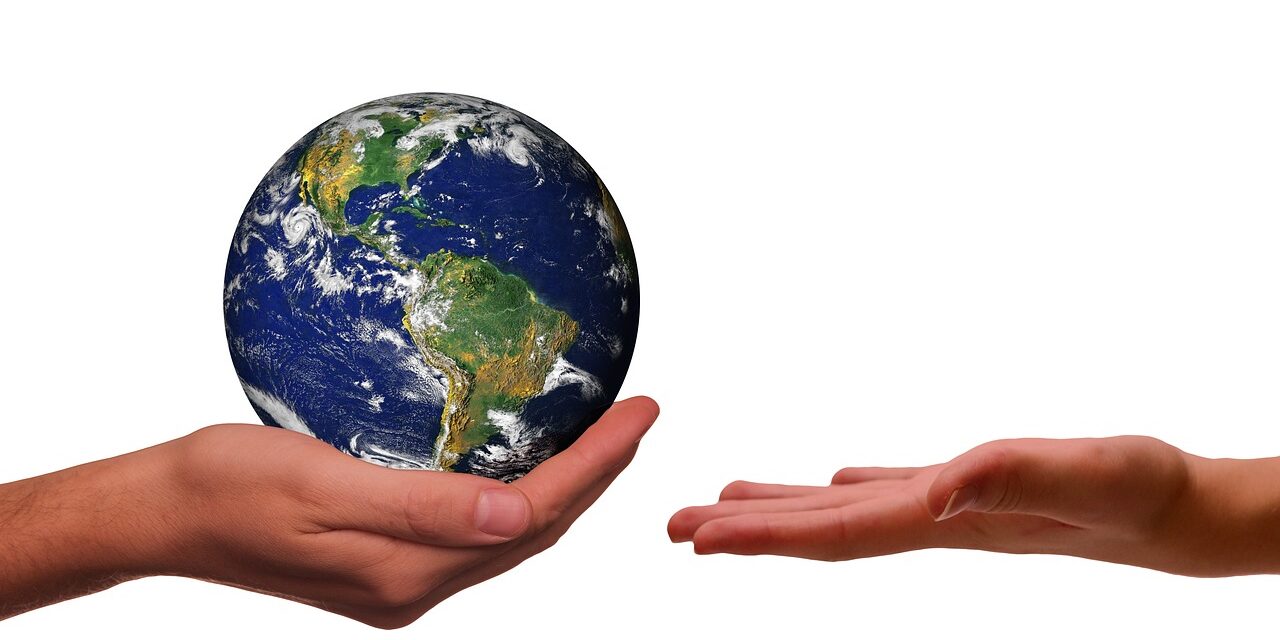The concept of a circular economy has emerged as a compelling alternative to the traditional linear economic model characterized by a ‘take-make-dispose’ mentality. In stark contrast, a circular economy emphasizes the principles of sustainability, resource efficiency, and waste reduction, fostering a system where materials are continuously reused, refurbished, remanufactured, and recycled. This essay provides a comprehensive exploration of the circular economy, tracing its historical evolution, presenting relevant data and statistics, and highlighting its multifaceted benefits.
Historical Context
The roots of the circular economy can be traced back to the 1970s, a period marked by increasing environmental awareness and the first signs of ecological crisis. One of the seminal works in this context was “The Limits to Growth,” published in 1972 by the Club of Rome, which projected that unchecked economic growth would deplete the Earth’s resources. Academic discourse evolved, integrating ideas from natural ecosystems that demonstrate inherent circularity, with pioneers like Kenneth Boulding advocating for “spaceship earth” concepts where resources are seen as finite and should be managed sustainably.
The term “circular economy” gained prominence in Europe in the early 2000s, bolstered by groundbreaking studies such as the Ellen MacArthur Foundation’s 2013 report, which provided a framework for understanding the economic benefits of adopting circular principles. According to their projections, if the EU adopted circular economy practices, it could save up to €600 billion annually, equivalent to 8% of the region’s total annual turnover.
Definitions and Principles
At its core, a circular economy is defined by several key principles: designing for longevity, embracing renewable resources, ensuring equity and inclusion, and implementing closed-loop systems that minimize waste and pollution. The goal is to transition from a consumption-driven society to a regenerative one that prioritizes the restoration of natural resources.
A notable example can be found in the fashion industry, a sector notorious for its environmental footprint. According to the World Economic Forum, the apparel industry alone is responsible for 10% of global carbon emissions and is the second-largest consumer of the world’s water supply. However, circular business models, such as those adopted by brands like Patagonia and Levi’s, focus on recycling materials and encouraging consumer investment in durable products, establishing a direct counterpoint to this static consumption model.
Impact and Data
The shift toward a circular economy is not merely theoretical; it comes with substantial economic implications. The Circularity Gap Report 2023 illustrates that the global economy is currently only 8.6% circular; therefore, there is immense potential for growth. This low circularity rate suggests substantial untapped resources, primarily drawn from materials that are discarded without efficient recovery. According to the World Economic Forum, transitioning to a circular economy could generate up to $4.5 trillion in economic benefits by 2030.
Moreover, the United Nations estimates that moving to a circular economy could significantly mitigate the effects of climate change, projecting that such a transition could reduce greenhouse gas emissions by as much as 39% by 2030. The Intergovernmental Panel on Climate Change has called for drastic changes in economic practices if we are to keep global temperature rise below 1.5 degrees Celsius.
Adoption and Challenges
Despite such enticing prospects, the transition to a circular economy presents challenges. Industries must overcome substantial technological and infrastructural barriers to implement circular systems effectively. This includes necessary investments in recycling technologies, supply chain reconfigurations, and consumer education campaigns aimed at changing established behaviors.
Moreover, policies play a critical role. The European Union has been at the forefront, implementing comprehensive action plans and directives aimed at encouraging member states to adopt circular economy principles. As of 2020, the EU’s Circular Economy Action Plan has targeted several sectors, emphasizing waste reduction and promoting sustainable product design.
Conclusion
The circular economy represents a paradigm shift in how we perceive value and sustainability. It integrates ecological considerations into economic frameworks, ensuring that growth does not come at the expense of our planet’s health. With the potential to generate tremendous economic benefits while mitigating environmental damage, the transition towards a circular economy is not only an ethical necessity but also an opportunity for innovation and renewed economic vigor. Achieving a circular economy will require collective action across sectors and borders, necessitating robust policy frameworks, industry collaboration, and unwavering commitment to change. The future demands that we rethink our economic models, with a holistic approach that prioritizes longevity, equity, and sustainability.

